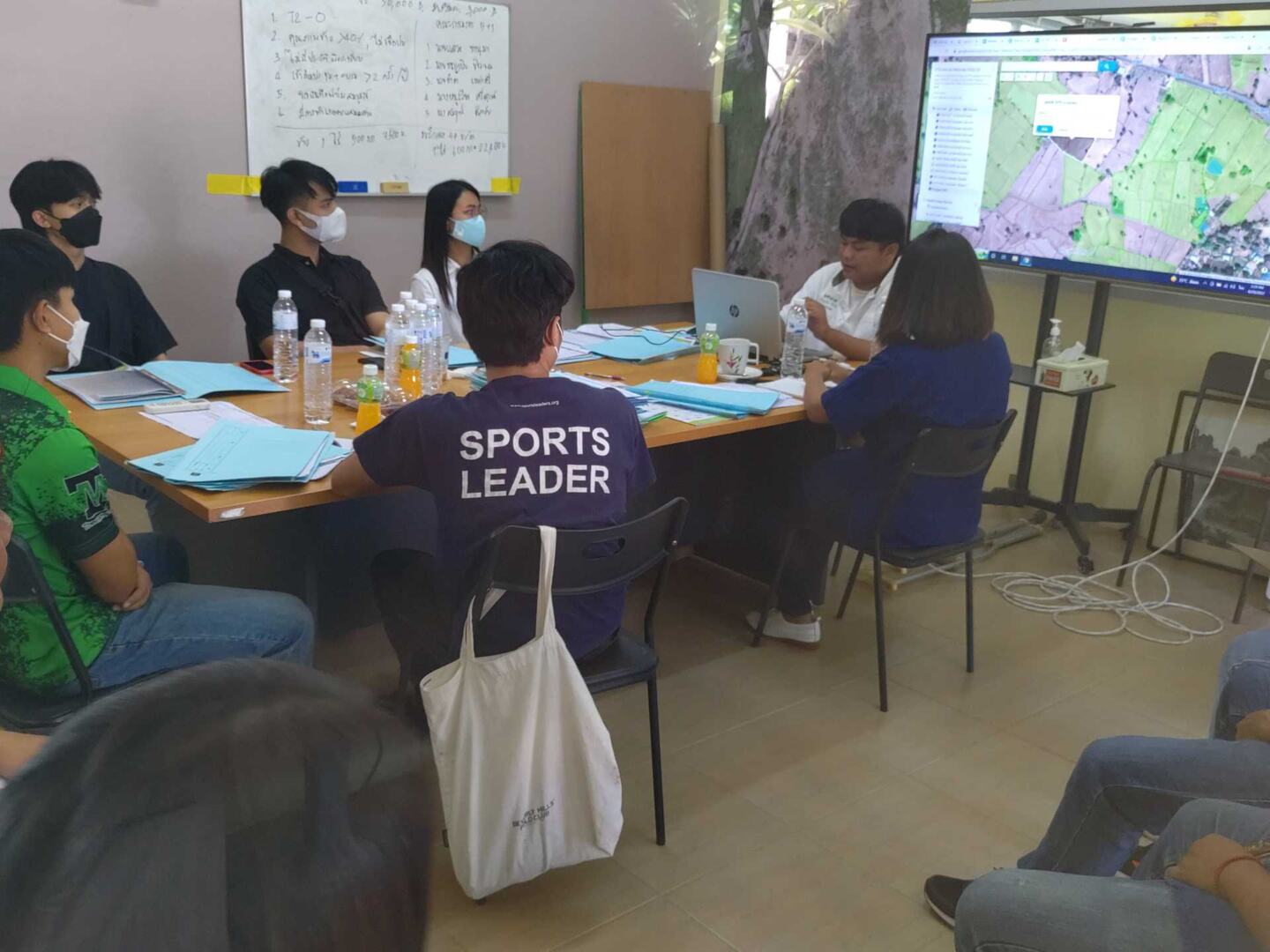Internal Control System Training and organic agricultural development
The monsoon starts with first showers late May and full, regular rains are pouring down almost daily by by Mid of July. During the later part of that period, most paddy is planted. By middle of July only some fields that are to be replanted with seedlings are not fully planted yet. The seedlings are still growing in the seedbeds.
Following that agricultural rythm, our Internal Inspectors start their high frequency, high intensity visits at that time. While visits have also been done during the time of field preparations (checking composting setups, checking the status of compost piles, checking fields and field ridges for burnt stubble, checking changes in agricultural planning for the fields compared to last years practice) in the second half of July starts the high intensity time for all kind of farming activities and input applications.
If you want to find chemical fertilizer bags in the field ridges or signs of application in the field, and also if you want to witness good organic practices that might be a model to copy for other organic farmers, now is the time.
Accordingly mid of July is also the time when the refresher courses for the inspectors with review of updates on software, inspection method, questioning methodology and regulation updates take place. In the photo you see our ICS documentation lead Jack giving an update on field mapping documentation.
The high frequency inspections will continue with high intensity until after harvest in November.
The ICS system is not only a legal requirement but a great opportunity for risk assessments and for “hunting for” best agricultural practices.
Farmers have to be risk adverse to survive in their hard, low paying profession. They need the inner strength and attitude for the long haul, to get up again if in one year most of the crop is lost to bad weather. As a natural result to this mindset, any changes to agricultural practices must be very cautious , emphasizing risk over possible gain. This makes changes in agricultural practice very slow.
Considering for example, that the better iron ploughs were taken up for usage by an average of only 30km during each 20 year (one generation) period in France in the 1800s, one can imagine how slow change is in agricultural societies. 30km is the typical distance most people traveled during their live at that time. We can assume that changes are adopted mostly when the farmers see some neighbors having good, repeated success from a change they adopted.
Under the international organic rules, our inspectors mostly have a policing function. For us it is likewise so important that our Internal Control System Training also keeps the inspectors eyes opened for very good agricultural practices that the one or other farmer has and which then can identify and which our trainers can advertised to the other farmers in our organic farming community.
Most of the development impulses we give to our farmers are coming from within our community already and we only identify and highlight them. It is so easy to fall into a routine and loose the sharp eye to identify the little gems, the slight improvement in agriculture, so reminding and encouraging our inspectors to find and report them to our trainers is a recurring topic in our internal trainings.
The small inventions and interventions over time build to considerable community development, just as most houses are built from many, many small bricks, clay lumps or wooden boards.
A hurray to small, incremental, steady development steps!


